LAB REPORT
Science and Technology Making Headlines
July 9, 2021

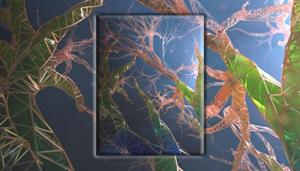
Inspired by the way plants absorb and distribute water and nutrients, Lawrence Livermore National Laboratory researchers have developed a groundbreaking method for transporting liquids and gases using 3D-printed lattice design and capillary action phenomena. Illustration by Jacob Long/LLNL.
Taking a cue from nature
Inspired by the way plants absorb and distribute water and nutrients, Lawrence Livermore researchers have developed a groundbreaking method for transporting liquids and gases using 3D-printed lattice design and capillary action phenomena.
In a paper published in Nature and featured on the publication's cover, LLNL researchers describe 3D-printed micro-architected structures capable of containing and flowing fluids to create extensive and controlled contacts between liquids and gases. The ordered, porous and open-cell structures facilitate surface tension-driven capillary action (the movement of liquid though small pores due to adhesion and cohesion forces) in the unit cells — akin to a tree pulling water from soil or a paper towel soaking up a spill — and enable liquid and gas transport throughout the structures.
Researchers said the breakthrough technique could have transformative and broad-ranging impacts on numerous fields involving multiphase (gas/liquid/solid) processes, including electrochemical or biological reactors used to convert carbon dioxide or methane to energy, advanced microfluidics, solar desalination, air filtration, heat transfer, transpiration cooling and the delivery of fluids in low- or zero-gravity environments.

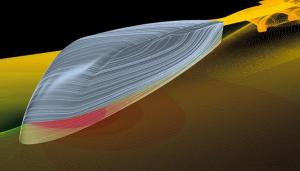
The velocity streamlines of the model, developed using computational fluid dynamics simulations on LLNL’s supercomputers.
It’s no drag
Engineers from Lawrence Livermore have proposed reshaping heavy vehicles such as semi-trucks to be more aerodynamic. This new continuous design could significantly reduce drag, increase fuel efficiency and cut carbon emissions.
Researchers from LLNL have worked to demonstrate that aerodynamic vehicle designs are reducing drag by creating negative front pressures. This pressure pulls the vehicle forward against the wind just like a sailboat.
Reducing aerodynamic drag plays a significant role in meeting fuel consumption goals. A more streamlined vehicle will be able to reach higher speeds and, as a result, also will have increased fuel efficiency. In the U.S., heavy duty vehicles make up just 4 percent of all on-road vehicles, but they account for more than 20 percent of all transportation-related greenhouse gas emissions.

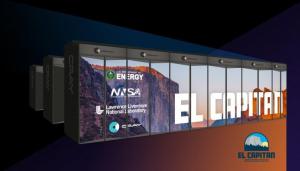
When LLNL’s El Capitan is complete in 2023 it will be the world’s fastest supercomputer.
Feel the power
Two Delta Star power transformers will be powering the new El Capitan supercomputer at Lawrence Livermore National Laboratory.
El Capitan will be the world’s fastest supercomputer in 2023, surpassing the current fastest machine which is the IBM-built Summit supercomputer at the Oak Ridge National Laboratory in Oak Ridge, Tennessee.
Delta Star designed and manufactured two 40 MVA 115-13.8 kV transformers which will provide enough power for Lawrence Livermore. Housed underground, El Capitan will be the first supercomputer capable of rendering 3D simulations of nuclear bombs, genetic research and astrophysical modeling, performing at 2 quintillion calculations per second.
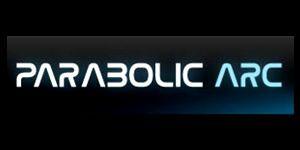
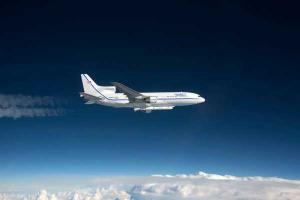
Stargazer L-1011 with Pegasus XL rocket. Image courtesy of Northrop Grumman.
In short order
When the U.S. Space Force’s Tactically Responsive Launch-2 (TacRL-2) mission launched from Vandenberg Space Force Base last month, it carried a payload designed and built in record time by Lawrence Livermore National Laboratory (LLNL).
LLNL provided a three-mirror reflective telescope and sensor for the payload, which they designed, integrated, tested and delivered within four months of the word “go.” The Lab delivered the payload to its partners at Space Dynamics Laboratory and the Air Force Research Laboratory.
“We needed a novel design in order to meet the program objectives,” said LLNL project leader John Ganino. “The payload system required a set of three LLNL monolith optics, auto-focus capability and an electronic control module to interface with the spacecraft bus.”

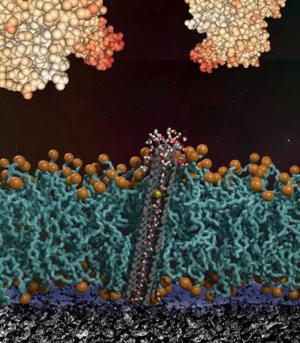
A cross section of a lipid bilayer with a carbon nanotube pore on a surface of a bioelectronic device. The bilayer protects the surface from large protein foulants in solution and lets water, ions and small molecules through to the device surface.
Biosensors can run afoul
Getting biosensors to perform in a pristine lab setting is one thing. Exposing them to real-world conditions are another. A biosensor is only as good as its antifouling properties, contend researchers Xi Chen and Aleksandr Noy of Lawrence Livermore National Laboratory, who reviewed a variety of approaches to combat fouling and published their findings in APL Materials. A thick layer of foulants will quickly cover biosensors, argued the researchers, and there is no good way to revive them once they quit working.
The researchers point out that fouling is a persistent problem that occurs in a four-stage process: First, surfaces immediately become coated with a small layer of molecules. Second, this layer gets covered with the main layer of foulant. Third, the fouled surface begins growing biofilms. Fourth, the biofilm progresses to macrofouling, which usually occurs within days or weeks.
Once formed, biofilms are difficult to remove, Noy said. One example of antifouling protection is a pH sensor with silicon nanowire transistors that are protected by a phospholipid membrane with carbon nanotube pores embedded within the membrane.





